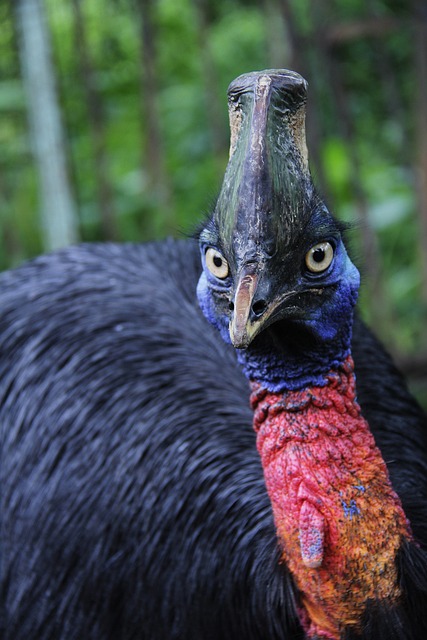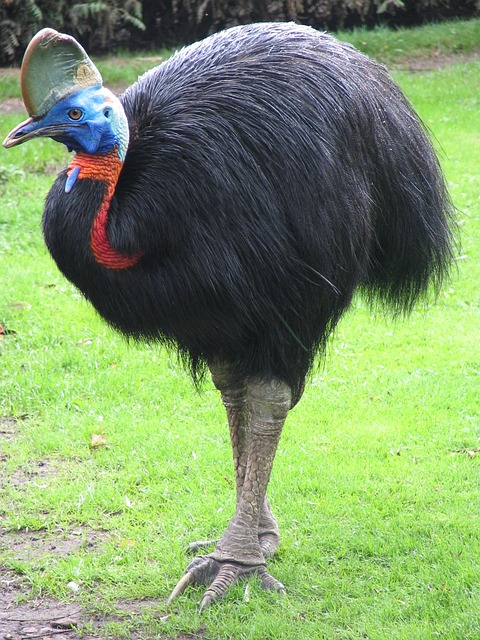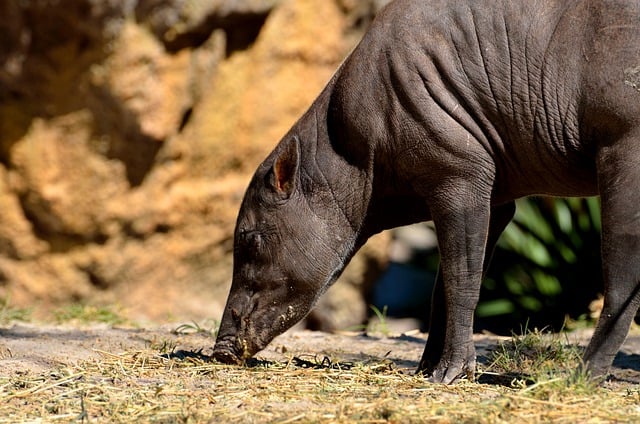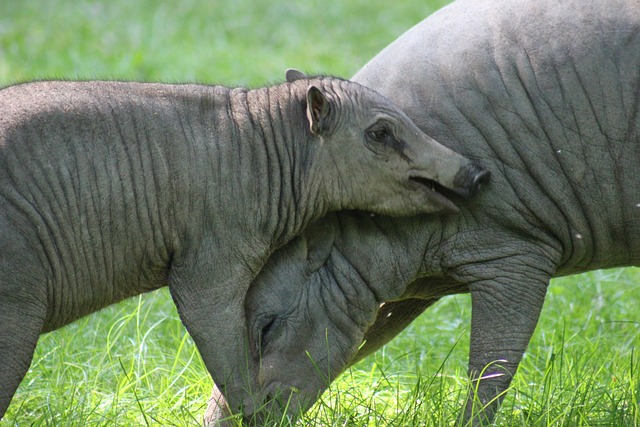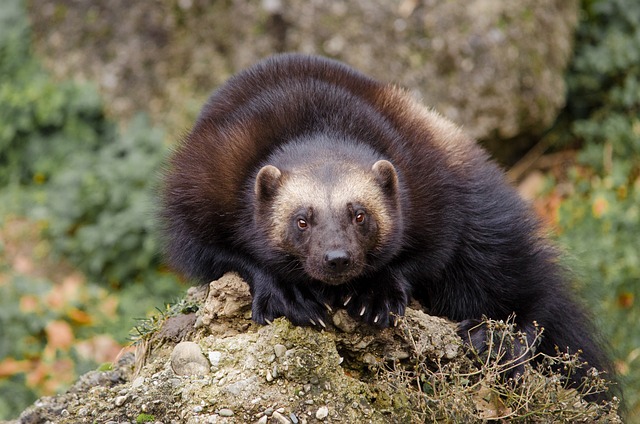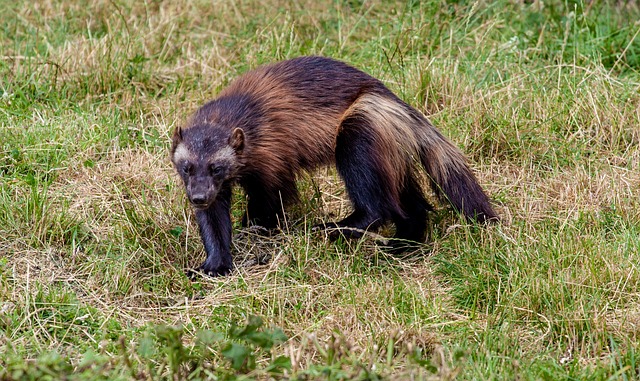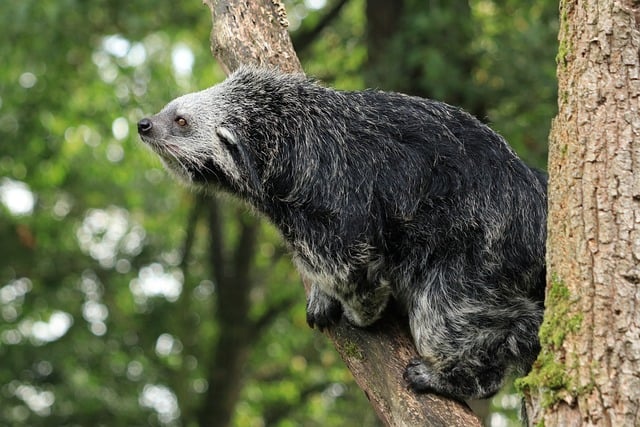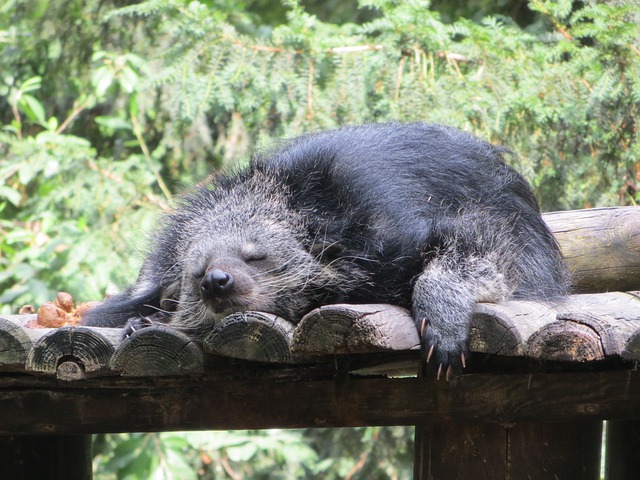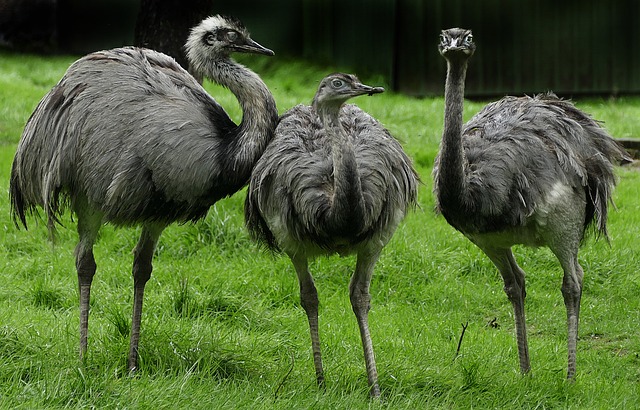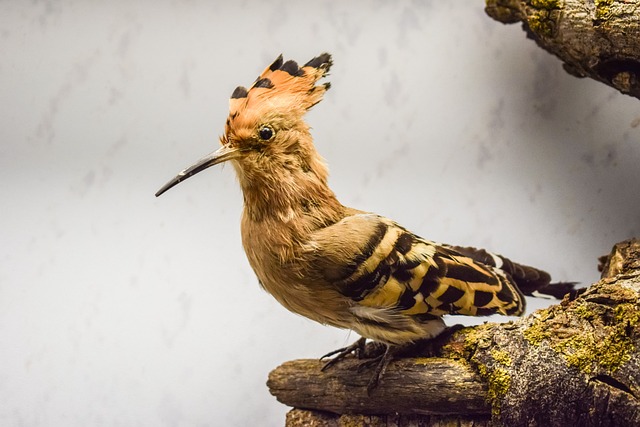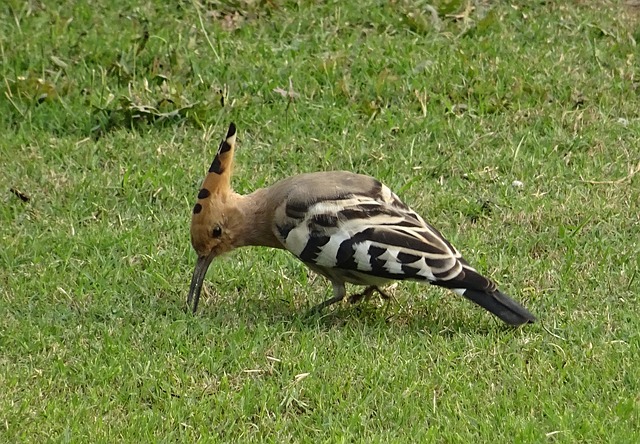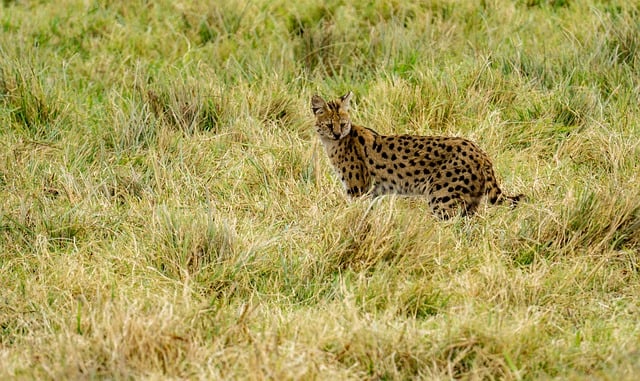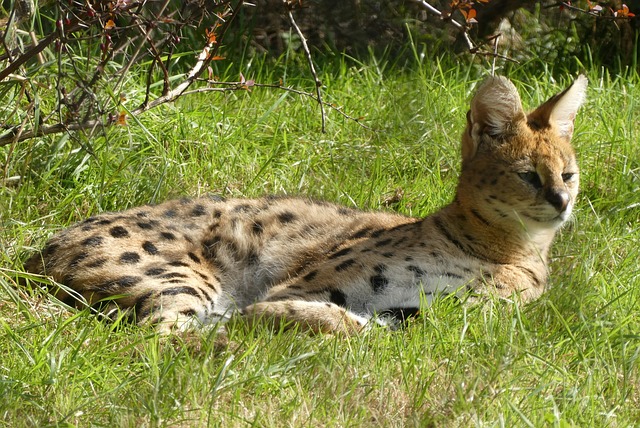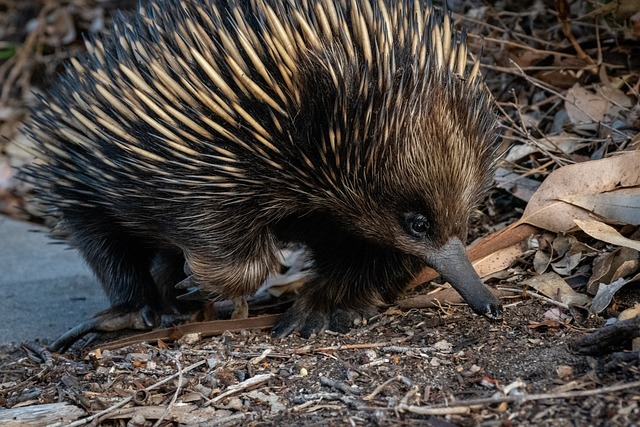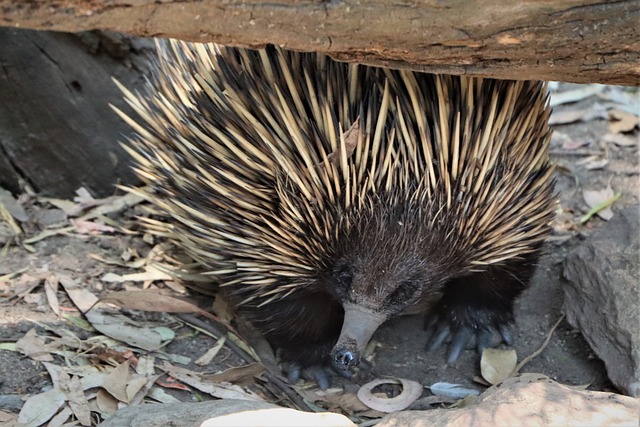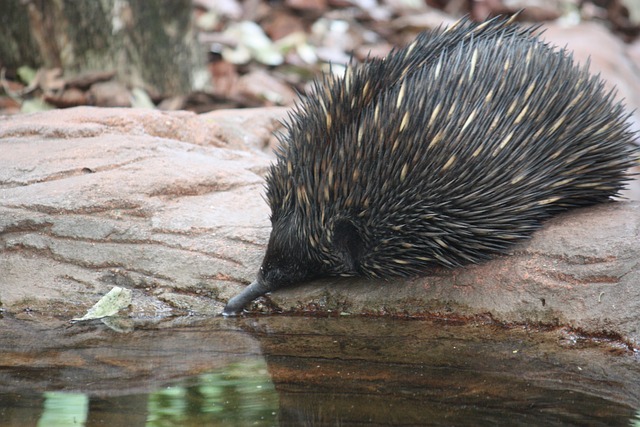The Sun Bear, also known as the “honey bear”, is a fascinating and often overlooked species in the bear family. Despite being the smallest bear, it possesses unique adaptations and behaviors that make it a true marvel of nature. In this article, we will take a comprehensive look at this often misunderstood species, diving into its origins, physical characteristics, behaviors, and more.
Our goal is to provide a deeper understanding of the Sun Bear, shedding light on its significance and role in the ecosystem. Through this study, we hope to inspire a greater appreciation for this remarkable creature and promote efforts towards its conservation.
So, let's dive into the world of the Sun Bear and discover what makes it such a special and remarkable species.
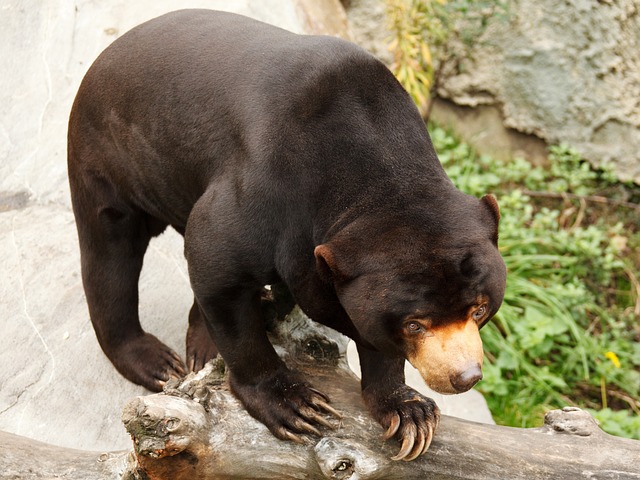
Origins and Habitat of the Sun Bear
The Sun Bear, also known as the Helarctos malayanus, is a fascinating and unique species that inhabits the tropical forests of Southeast Asia. It is the smallest bear species in the world, measuring only 4-5 feet in length and weighing between 60-145 pounds. Despite its small size, the Sun Bear is a powerful and adaptable creature, with a rich history and a vital role in its ecosystem.
The origins of the Sun Bear can be traced back to the early Miocene period, approximately 20 million years ago. Fossil evidence suggests that the Sun Bear evolved from its larger bear ancestors in the region now known as China and gradually spread to Southeast Asia. It is believed that the Sun Bear's small size is an adaptation to its dense forest habitat, allowing it to navigate through the thick vegetation and climb trees with ease.
The Sun Bear's natural habitat consists of the tropical rainforests of Southeast Asia, including countries such as Thailand, Malaysia, Indonesia, and parts of India and China. They are primarily found in lowland forests, but can also be found in mountainous regions up to an altitude of 5,000 feet. These areas provide the Sun Bear with the perfect environment to thrive, with an abundance of food sources and shelter.
One of the most impressive adaptations of the Sun Bear is its powerful claws, which are perfectly suited for climbing trees and ripping open logs in search of food. These sharp claws, combined with its strong jaws and teeth, allow the Sun Bear to dig for termites and ants, which make up a large part of its diet. This foraging behavior is also beneficial for the forest ecosystem, as the Sun Bear helps to keep insect populations in check.
In addition to its strong claws, the Sun Bear also has a long, narrow tongue that is specially designed to extract insects from tight crevices. This unique physical characteristic, along with its keen sense of smell and hearing, make the Sun Bear an efficient and successful hunter.
Despite its impressive adaptations, the Sun Bear's habitat is under threat from deforestation and human encroachment. As humans continue to expand into the Sun Bear's natural habitat, their population has declined significantly. This has led to the Sun Bear being classified as a vulnerable species on the IUCN Red List, with a decreasing population trend.
To protect the Sun Bear and its habitat, conservation efforts are being made by various organizations and governments. These include creating protected areas, promoting sustainable forestry practices, and educating local communities on the importance of preserving the Sun Bear's habitat.
Individuals can also play a role in the conservation of the Sun Bear by supporting responsible tourism practices and avoiding activities that may harm the species, such as buying products made from Sun Bear parts. By working together, we can ensure that the Sun Bear continues to thrive in its natural habitat and play its vital role in the ecosystem.
Physical Characteristics of the Sun Bear
The Sun Bear, also known as the Malayan Sun Bear, is the smallest bear species in the world, but don't let its size fool you. This fascinating creature is packed with unique physical characteristics that have allowed it to thrive in its habitat for centuries. In this section, we will delve into the physical appearance, size, and significance of these features in the survival of the Sun Bear.
Physical Appearance:
The Sun Bear has a distinctive physical appearance that sets it apart from other bear species. One of the most notable features of the Sun Bear is its short, sleek fur, which ranges in color from black to dark brown and often has a crescent-shaped patch on its chest. This patch, also known as the “sun mark,” gives the bear its name. The fur of the Sun Bear is also shorter and thinner compared to other bears, making it better adapted to the hot and humid climate of its habitat.
Size and Weight:
As mentioned earlier, the Sun Bear is the smallest bear species, with an average length of 4-5 feet and a weight of 60-145 pounds. However, it is worth noting that there is a significant size difference between males and females, with males being almost 20% larger than females. This size difference is known as sexual dimorphism and is a common characteristic among many bear species. The smaller size of the Sun Bear allows it to move easily through the dense vegetation of its habitat, making it a skilled climber and forager.
Significance in Survival:
The physical characteristics of the Sun Bear play a crucial role in its survival. The short, sleek fur protects the bear from the hot and humid climate, while the small size allows it to navigate through the dense forests with ease. The sharp, curved claws of the Sun Bear also aid in climbing trees and foraging for food, such as insects and fruits. Additionally, the crescent-shaped patch on its chest is thought to serve as a scent gland, allowing the bear to mark its territory and communicate with other bears.
Role in the Ecosystem:
The Sun Bear's physical characteristics also play a vital role in the ecosystem. As an omnivorous species, the Sun Bear's diet consists of a variety of plants and animals, including insects, fruits, and honey. Its curved claws allow it to dig for insects and fruits, while its strong jaws and sharp teeth are used to crush hard-shelled fruits and nuts. This diverse diet makes the Sun Bear an essential part of the ecosystem, helping to disperse seeds and maintain the balance of its habitat.
Diet and Foraging Habits of the Sun Bear
The Sun Bear is a fascinating species not only for its physical appearance and behavior, but also for its unique diet and foraging habits. As the smallest bear species, the Sun Bear has adapted to survive in various habitats across Southeast Asia, including tropical rainforests and lowland forests. This has led to its preference for certain foods and its interesting foraging techniques.
The Diet of the Sun Bear:
The Sun Bear is an omnivore, meaning it feeds on both plant and animal matter. However, its diet mainly consists of fruits, insects, and honey. Fruits make up the majority of the Sun Bear's diet, with a preference for soft and juicy fruits such as figs, mangoes, and papayas. They also feed on berries and small fruits that grow on low-lying shrubs and trees.
Insects, particularly termites and ants, are a vital source of protein for the Sun Bear. They have long, curved claws and a long tongue that they use to extract insects from their nests or bark. They also have powerful jaws and sharp teeth that can easily crush hard-shelled insects like beetles and cockroaches.
Foraging Habits of the Sun Bear:
The Sun Bear is a skilled forager and uses its keen sense of smell to find food. They have a long snout and a large, wet nose that helps them detect and locate food sources. They are also excellent climbers and can easily navigate through trees to reach fruits and insects.
Interestingly, the Sun Bear has a unique foraging behavior known as “tongue-clicking”. This involves using their tongue to make a clicking sound against the roof of their mouth. This sound is used to startle insects out of their hiding places, making it easier for the bear to catch them.
Role of the Sun Bear in its Ecosystem:
The Sun Bear's diet and foraging habits play a crucial role in its ecosystem. As an omnivore, they help with seed dispersal and pollination as they travel between different fruit trees. They also play a vital role in maintaining insect populations, which in turn affects the balance of their ecosystem.
Additionally, Sun Bears are excellent honey hunters, with a keen sense of smell for locating beehives. This skill is not only beneficial for the bear but also for the ecosystem as a whole, as they help to control the bee population and promote the growth of new hives.
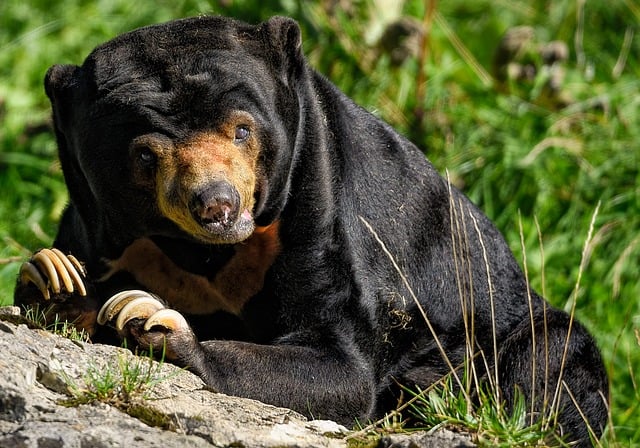
Behavior and Social Structure of the Sun Bear
The Sun Bear is a solitary animal that is most active during the day. However, they are not completely solitary and can sometimes be seen foraging for food in small groups. They are known for their gentle nature and can often be found peacefully coexisting with other animals in the forest. In this section, we will explore the behavior and social structure of the Sun Bear, providing a fascinating insight into the life of this smallest bear species.
The behavior of the Sun Bear is heavily influenced by its solitary nature. They are typically found living alone or in pairs, except for mothers with cubs. They are not territorial and do not engage in fights or conflicts with other Sun Bears. However, they do mark their territory with scent markings to communicate with other bears.
In addition to their solitary lifestyle, Sun Bears also exhibit a range of social behaviors. They are known to be playful and curious animals, often seen playing with objects or engaging in playful wrestling with other bears. They also have a strong maternal instinct and are very protective of their young. Sun Bear cubs stay with their mothers for around two to three years, learning essential survival skills before venturing off on their own.
The Sun Bear's social structure within their groups is not hierarchical like other bear species. Instead, they have a relatively egalitarian social structure, where all members of the group are treated equally. However, mothers and their cubs do have a strong bond and will stay close to each other.
Communication is an essential aspect of the Sun Bear's social behavior. They use a combination of visual, auditory, and olfactory cues to communicate with one another. For example, they have a wide range of vocalizations, such as grunts, moans, and barks, to convey different messages. They also use scent markings, which contain information about their identity, reproductive status, and territorial boundaries.
When it comes to mating, Sun Bears are mostly solitary, with males and females coming together only during the breeding season. The male's size and strength play a significant role in mating, with larger males often dominating smaller ones. However, once the female has chosen a mate, they engage in a gentle and affectionate courtship, including grooming and nuzzling.
The Sun Bear's gentle nature and non-aggressive behavior make them a fascinating species to observe. However, their peaceful existence is threatened by human activities such as deforestation and poaching. As humans continue to encroach on their habitats, Sun Bears are forced to adapt and may exhibit changes in their behavior, such as increased aggression or seeking out human food sources.
Threats and Conservation Efforts
The Sun Bear, also known as the “honey bear,” is a unique and fascinating species that is unfortunately facing a number of threats to its survival. The main threats to the Sun Bear include deforestation, poaching, and human activities such as irresponsible tourism. In this section, we will explore these threats in more detail and discuss the conservation efforts being made to protect this species.
Deforestation is one of the biggest threats to the Sun Bear population. Due to the demand for timber and land for agriculture, the forests where the Sun Bear lives are being destroyed at an alarming rate. This not only destroys the Sun Bear's habitat, but also disrupts their food sources, making it difficult for them to survive. Deforestation also increases the risk of human-wildlife conflict, as Sun Bears may be forced to search for food in human settlements.
Poaching is another major threat to the Sun Bear. They are often hunted for their body parts, which are used in traditional medicine and as ingredients for luxury foods. The Sun Bear's gallbladder, in particular, is highly sought after for its perceived medicinal properties. This illegal trade has greatly reduced the Sun Bear population and continues to be a serious threat.
Conservation efforts are being implemented to protect the Sun Bear from these threats. One such effort is the establishment of protected areas and wildlife corridors to preserve their habitats and allow for safe movement between different areas. These efforts also involve working with local communities to raise awareness about the importance of conserving the Sun Bear and its habitat.
In addition, there are ongoing efforts to combat poaching and illegal wildlife trade through increased law enforcement and stricter penalties for those caught participating in these activities. Education and outreach programs are also being implemented to educate people about the importance of protecting the Sun Bear and the consequences of poaching.
Individuals can also play a crucial role in the conservation of Sun Bears. By supporting responsible tourism practices and avoiding activities that may harm Sun Bears or their habitats, we can help reduce the negative impact of human activities on this species. Additionally, supporting organizations and initiatives that work towards protecting Sun Bears can also make a difference.
It is important to recognize the vital role that Sun Bears play in their ecosystems. As the smallest bear species, they are important seed dispersers and play a key role in maintaining the balance of their forest habitats. By protecting Sun Bears, we are also protecting the biodiversity and health of their ecosystems.
Interaction with Humans
The Sun Bear has a long history of interaction with humans, dating back to ancient times. These interactions have had both positive and negative impacts on the Sun Bear population. In this section, we will explore the relationship between humans and Sun Bears, the consequences of human activities on these creatures, and the importance of responsible behavior towards them.
Throughout history, humans have revered the Sun Bear for its unique characteristics and abilities. In some cultures, the Sun Bear is considered a symbol of strength, courage, and wisdom. Ancient tribes believed that Sun Bears had healing powers and would often use their body parts for traditional medicine. This belief has led to the illegal trade of Sun Bear parts, which has greatly contributed to the decline in their population.
In recent times, human activities such as deforestation and poaching have posed a serious threat to the survival of Sun Bears. The destruction of their natural habitat has forced them to venture into human settlements in search of food, resulting in conflicts with humans. This has led to the killing of Sun Bears, either in self-defense or retaliation for crop damage. Additionally, the demand for bear bile, a popular ingredient in traditional medicine, has led to poaching of Sun Bears for their gallbladders.
However, not all interactions between humans and Sun Bears have been negative. In some parts of Southeast Asia, Sun Bears are considered a tourist attraction, and visitors have the opportunity to observe and learn about these fascinating creatures. This has not only helped raise awareness about Sun Bears but has also provided employment opportunities for local communities. Responsible tourism can play a vital role in the conservation of Sun Bears by promoting their protection and generating income for conservation efforts.
It is important for individuals to understand the impact of their actions on Sun Bears and their habitats. As responsible individuals, we can make a difference by supporting conservation efforts and promoting responsible behavior around Sun Bears. This includes abstaining from buying products made from Sun Bears, supporting sustainable tourism practices, and reporting any illegal activities related to Sun Bears.
In addition to this, governments and organizations are also making efforts to protect Sun Bears. For instance, the Sun Bear Conservation Centre in Malaysia is working towards rescuing and rehabilitating injured or orphaned Sun Bears. They also conduct research and education programs to raise awareness about the importance of Sun Bears in the ecosystem. By supporting such initiatives, we can contribute towards the conservation of Sun Bears and their habitats.

